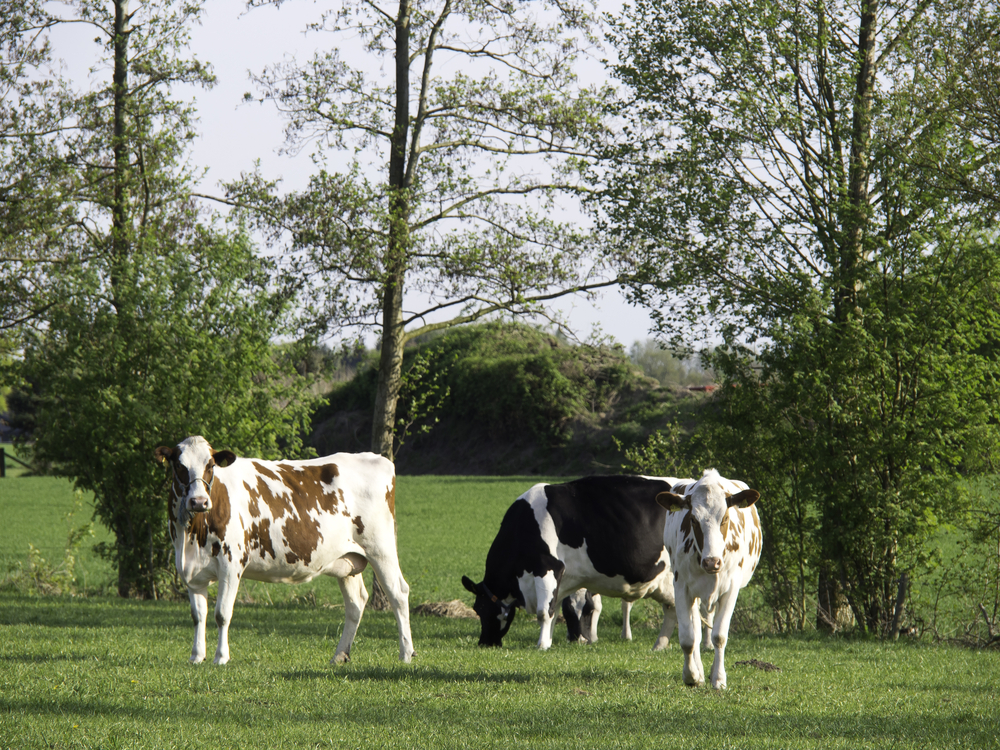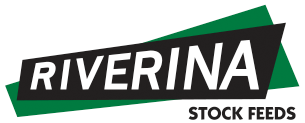Milk Tanker Intelligent Monitoring
Industrial-grade IoT application on the road

This case study examines a milk tanker company’s strategic implementation of technology to optimize their dairy collection and distribution operations. With a focus on flexibility, usability, scalability, reliability, and compliance, the company has significantly improved efficiency and set a benchmark for the industry.
Introduction: In the dynamic dairy industry, efficiency and precision are paramount. A leading milk tanker company, catering to a broad network of dairy farms, sought to refine their operational processes using state-of-the-art technology. The objective was to create a system that not only excelled in current operations but was also poised for future advancements.
The technological enhancements have not only improved day-to-day operations but also positioned the milk tanker company at the forefront of the dairy logistics sector. The company's forward-thinking approach to integrating flexible, user-friendly, and reliable technology has set a new industry standard, ensuring they remain adaptable in the face of a rapidly evolving agricultural landscape.


The company’s legacy system was rigid, requiring pickups in a fixed order, with limited ability to manage or correct anomalies during milk collection.
The interface was not user-friendly, often necessitating extensive training for operators. Furthermore, the potential for expansion was stifled by outdated technology that could not easily integrate with emerging tools. The hardware and software reliability was a concern, particularly in areas with inconsistent network connectivity. Finally, compliance with standards set by the Australian standard for temperature, electrical, and vibration needed to be assured.
A comprehensive two-part technological upgrade was implemented.
The first component was an Interface Board, which revolutionized the company’s approach to power management, sensor data, and actuator control. The introduction of an ARM microcontroller ensured high reliability and responsiveness.
The second component was a Single Board Computer (SBC), which provided a streamlined, intuitive user interface. This SBC was pivotal in controlling the logistics and information flow, ensuring accurate and timely data transmission back to the central server.
Results: The adoption of this two-pronged technological solution delivered several key improvements:
-
Flexibility: The system allowed for non-sequential milk pickups, adaptive to daily variations and farm readiness, thereby reducing downtime and improving route efficiency.
-
Usability: The interface became remarkably intuitive, reducing the learning curve for new operators and enhancing the overall user experience.
-
Scalability: The new system was designed with expansion in mind, allowing for easy integration of additional sensors and in-vehicle display systems.
-
Reliability: Despite the challenges of rural network coverage, the updated system maintained consistent performance with negligible downtime, attributed to the robust hardware and software design.
-
Compliance: The company met and exceeded the National Measurement Institute standards for temperature, electrical, and vibration, ensuring product quality and system integrity.

Clevvi are experienced in supply chain management, business process modernisation and innovative technologies to solve long standing company bottlenecks
Trusted by 200+ Australia/New Zealand Customers
Australian Food and Fibre
AgricultureClevvi accessed real time ERP system data and overlaid this information on a device camera feed to a phone or tablet. The solution uses AR which shows product, weight and expiry in tubs using unique QR “license plates” instantly visually highlights expired product. The technologies included QR codes, computer vision/AR, Bluetooth/UWB, and data integration.

YouFoodz
Food Production
Transforming a complex, Excel-based model into a user-friendly web and mobile application that can cater to a userbase with wide-ranging computer literacy and allows continuous updates and easy maintenance by SRA staff.

Sugar Research Australia
AgricultureThe challenge to collect data from existing factory equipment, send to the cloud and also to structure and interpret the collected data to provide an easy-to-read, insightful and actionable visualisation, and identify the correct data points to enable remote equipment performance monitoring and cost-efficient to run and maintain.


